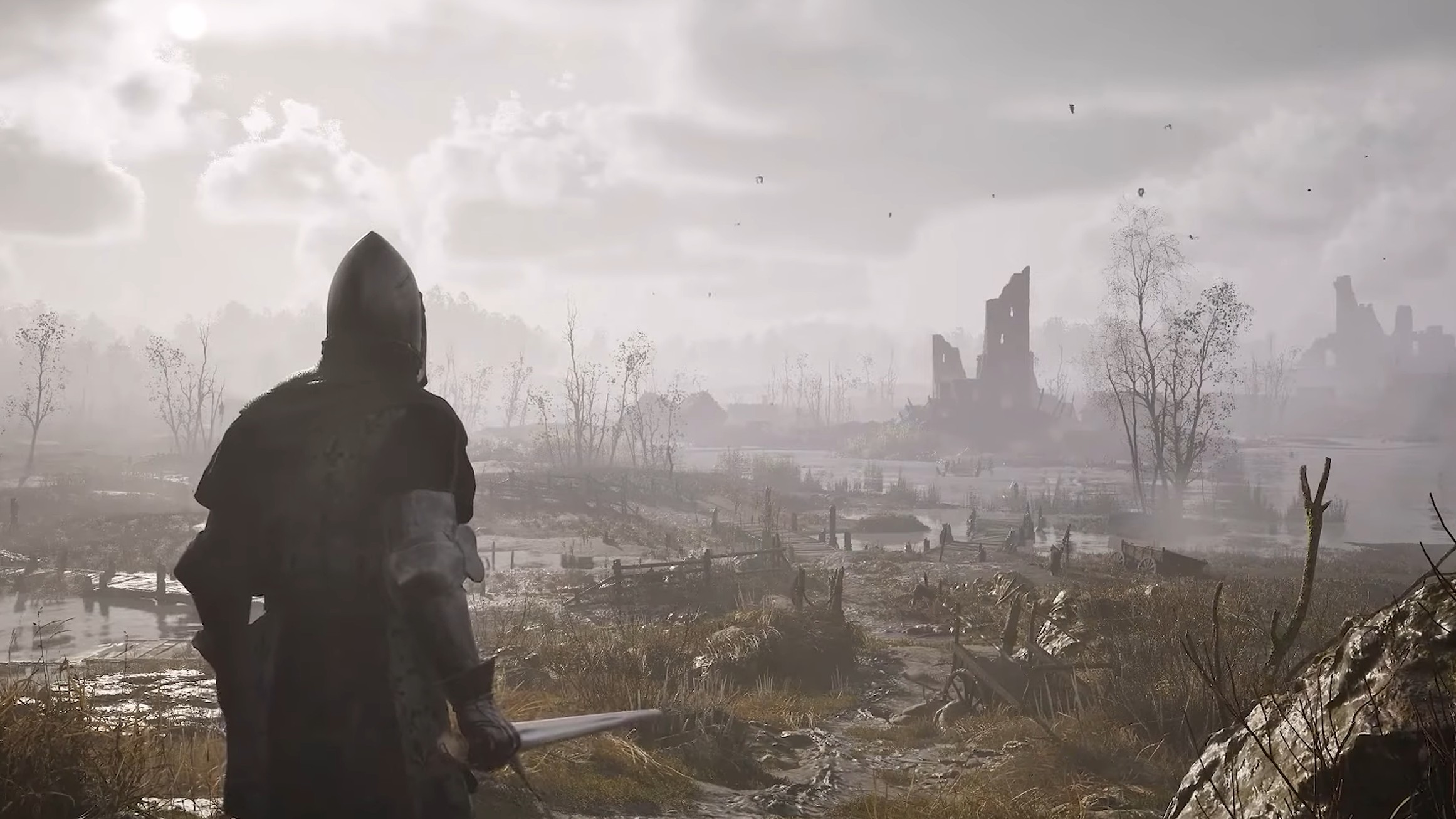
Tales of Kenzera: Zau Review - Bladedancing
Grief is a messy, convoluted emotion to navigate. There’s rarely a straightforward path to get through it; oftentimes it can feel like you’re walking in circles around what you’re looking for, or banging your head against the same mental roadblock again and again. In many ways, the experience of playing through a metroidvania mimics the feeling of working through grief–the genre is built on a similar path of progression, where the necessary tools to move forward are earned step-by-step, and a protagonist’s evolving moveset makes it easier to overcome its challenges and navigate a seemingly inescapable world. Tales of Kenzera: Zau leans into that parallel, creating a powerful and moving message within the context of a stellar action-adventure game.
Tales of Kenzera sees you play as Zau, the fictional hero of a story that a father wrote for his son just prior to the father’s death. Zau, similarly, is working through the grief of a lost father. Unable to get past the pain, he calls upon the god of death, Kalunga, and offers him a deal: If Zau successfully brings the three great spirits that have resisted Kalunga to the land of the dead, then Kalunga will bring Zau’s father back to life. The god agrees and the duo set out, Zau relying on the shaman masks and training he inherited from his father to overcome the dangers of nearby lands. As a metroidvania, the game features moments where Zau must backtrack and use newly unlocked abilities (freezing water, for example, or a grappling hook used to swing over large pits), which Kalunga helps Zau master to navigate the distinct biomes of the map.
Inspired by Bantu mythology, Tales of Kenzera’s map is a beautiful maze that pulls from African culture to characterize and flavor the interconnected areas. The myths of the Bantu color the undertones to the story, equating Zau’s battle against larger-than-life monsters with a spiritual journey–you don’t question how or why Zau’s efforts to beat up a mother helps convince her to come to terms with leaving her daughter behind. Within Tales of Kenzera’s lore, these actions make sense, reframing the physical space of the world into something more akin to a mental palace. That reframing contributes to the explosive battles, too, with the sound design and orchestral score of the soundtrack transforming each fight into a frenetic dance of emotion and spiritual energy where flame-infused shockwaves are stand-ins for violent outbursts and well-timed dodges equate to a carefully considered counterargument.








